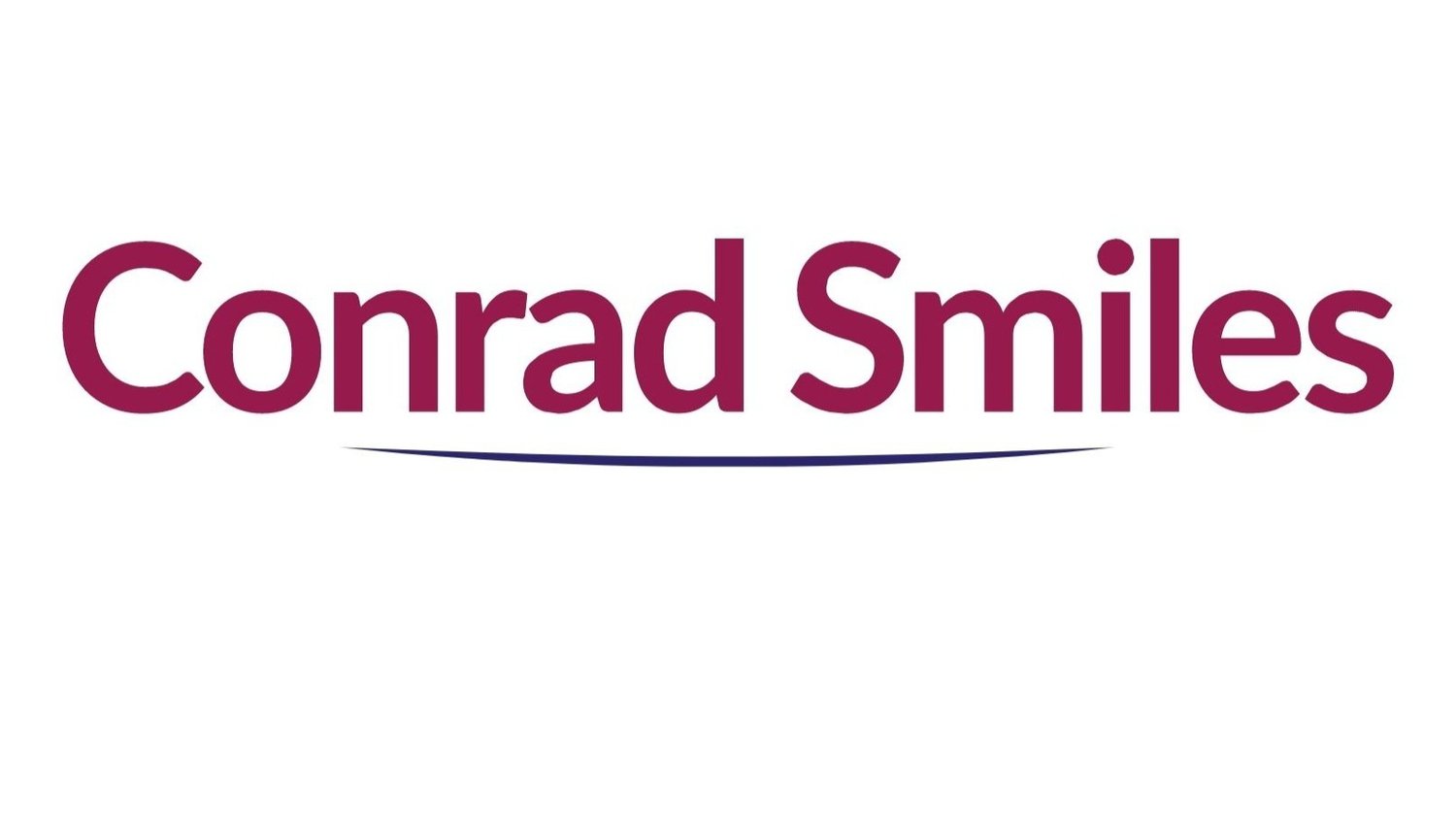Research & Medical Community
Drowning is the leading cause of death in children 1-4 years old. Despite aggressive prevention, incidents remain high.
Research Overview
About Pediatric Non-Fatal Drowning (PNFD)
Pediatric Non-Fatal Drowning results in Anoxic Brain Injury, specifically Hypoxic-ischemic encephalopathy, diffuse brain injury due to lack of oxygen. The range of injury varies significantly from person to person. As first response and intensive care procedures advance, incidents of non-fatal/near drowning will inevitably increase because more children will survive their injuries.
Surviving Pediatric Non-Fatal Drowning
The prevailing thought is that recovery is too difficult if not impossible for children with Pediatric Non-Fatal Drowning. Unless the child walks away unharmed, families are not given much hope or guidance. If the brain injury is severe (as in Conrad’s case), families are encouraged to institutionalize their child or even worse to withdraw care. The child’s life is saved only to give him or her a death sentence.
Families that aim to defy the odds are left to their own to devices to manage the care of their child. We are provided with very limited guidance as to how to promote brain function recovery. Most encouragement comes in the form of “Hope for the Best and Prepare for the Worst.”
We have demonstrated that recovery is possible. We have children who have learned to move on their own, smile and interact with family and friends. Doctors are starting to acknowledge that varying degrees of recovery are possible. However, Anoxic Brain Injury is still an understudied condition.
A First In Pediatric Non-Fatal Drowning
Conrad Smiles supported the first research project to assess anoxic brain injury in pediatric non-fatal drowning cases.
The study was led by Dr. Peter Fox, founder and head of the UT Health San Antonio’s Research Imaging Institute in San Antonio, Texas, and involved a special type of MRI called Resting-State Functional MRI. His team analyzed the brain activity and patterns of connections to understand how children with ABI brains’ are “working” compared to a child without injury.
About The Study
CAT Scans and MRI are the most common assessment tools used for Anoxic Brain Injury. They provide information on the brain structure and typically show a gradual loss of grey matter in the cortex and subcortical nuclei as neurons and cell bodies die. However, such images do not provide information for clinicians to predict brain function.
Functional MRI (fMRI) measures brain activity. A significant limitation of traditional fMRI is the requirement that the subject is able to perform specific tasks when cued.
Intrinsic Connectivity Networks
Resting-State Functional MRI provides a “Task free” assessment based on Intrinsic Connectivity Networks (ICNs):
ICNs mirror the networks used during volitional task performance.
Discrete ICNs support discrete function.
ICNs persist during natural sleep and sedation.
Intrinsic Connectivity Networks include: Visual, auditory, somatosensory, linguistic, attention, working memory/executive functioning and default mode network (DMN) – self-awareness, interoception (feelings from our bodies that relate to our state of well-being, our energy and stress levels, our mood and disposition) and introspection (self-examination of one’s conscious thoughts and feelings)
Peter Fox, Ph. D. -
Director of Research Imaging Institute
Image Courtesy of Research Imaging Institute
About Dr Fox
Peter T. Fox, M.D, is the founder of the UT Health Science Center’s Research Imaging Center (RIC).
Dr. Fox earned his medical degree from Georgetown University School of Medicine, interned at the Duke University School of Medicine and completed his residency and fellowship at Washington University in St. Louis. He was a senior staff scientist at Johns Hopkins University’s Mind/Brain Institute before joining the Health Science Center in 1991 to create the RIC. He has appointments in radiology, neurology, psychiatry and physiology.
For more information, visit the Research Imaging Institute and UT Health Science Center online.
The Results
The results are GROUNDBREAKING—Networks related to movement are compromised as we expected. Children with PNFD have very limited movement. However, all other major networks are relatively intact such as vision, hearing, cognition and language. Basically, the research confirms that these children are “in there.” It also means that the injury is “focal” not generalized. A focal brain injury is isolated to an area of the brain, making it easier to diagnose and treat.
Download PDF
What Does All This Mean?
Simply publicizing the results will have a HUGE impact on families. The fact that these children are “in there” has never been communicated to the medical community and will improve the support that families receive.
We are publishing the findings but are also now moving to the next step research that is even more promising, including interventions shortly after the accident that may PREVENT children from developing the horrible damage that so limits their quality of life.




